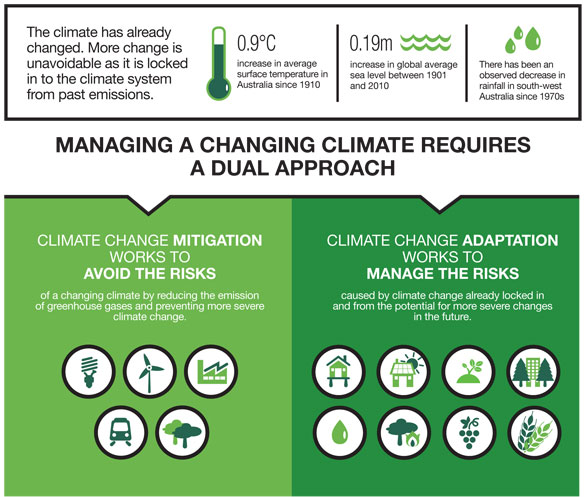Climate Change Mitigation Strategies: A Retrospective Look
As the world grapples with the escalating threats of climate change, it is crucial to reflect on the progress made in mitigating its impacts over the years. From international agreements to local initiatives, a range of strategies have been implemented to combat this global challenge. In this retrospective article, we will explore some key climate change mitigation strategies and their impact on creating sustainable living and eco-friendly lifestyles.
1. Renewable Energy Transition:
One of the most significant milestones in tackling climate change has been the transition from fossil fuels to renewable energy sources. The rapid growth of solar and wind power installations worldwide has helped reduce greenhouse gas emissions significantly. Governments, corporations, and individuals have invested heavily in renewable energy infrastructure, making clean energy more accessible and affordable than ever before.
2. Energy Efficiency Improvements:
Another effective strategy for mitigating climate change is improving energy efficiency across various sectors. By adopting advanced technologies and implementing conservation measures, substantial reductions in energy consumption can be achieved without compromising economic growth or quality of life. Energy-efficient buildings, appliances, transportation systems, and industrial processes contribute to lowering carbon footprints while saving costs for consumers.
3. Forest Conservation & Reforestation:
Forests are vital allies in combating climate change by acting as carbon sinks through photosynthesis. However, deforestation continues at an alarming rate globally due to urbanization and agricultural expansion. To counteract this loss, efforts are being made to conserve existing forests and promote reforestation initiatives. These actions help sequester carbon dioxide from the atmosphere while preserving biodiversity.
4.Electrification of Transportation:
The transportation sector accounts for a substantial portion of global greenhouse gas emissions primarily due to reliance on fossil fuel-powered vehicles. Electrifying transport through increased adoption of electric vehicles (EVs) offers a promising solution towards reducing emissions drastically. With advancements in battery technology and supportive government policies promoting EV usage combined with charging infrastructure development, the electrification of transportation is gaining momentum worldwide.
5. Sustainable Agriculture:
Agriculture plays a significant role in climate change through deforestation, methane emissions from livestock, and excessive use of fertilizers. Adopting sustainable farming practices such as organic agriculture, agroforestry, and precision farming can reduce greenhouse gas emissions while improving soil health and water management. Encouraging sustainable food production systems can also help address issues related to food security and biodiversity loss.
6. Circular Economy Approach:
Shifting towards a circular economy model is an innovative approach to mitigate climate change impacts. By reducing waste generation, reusing materials, recycling products, and promoting resource efficiency throughout the supply chain, this strategy aims to minimize carbon emissions associated with extraction, production, consumption, and disposal processes.
While significant progress has been made in implementing these strategies over the years, there is still much work ahead for achieving global sustainability goals. It requires continued collaboration between governments at all levels – local, national, and international – along with active participation from businesses and individuals alike.
As we move forward into an increasingly uncertain future impacted by climate change-related events such as extreme weather conditions and rising sea levels; adopting these mitigation strategies becomes even more critical. Together we can create a resilient world that prioritizes sustainable living practices and embraces eco-friendly lifestyles for generations to come.

Leave a comment